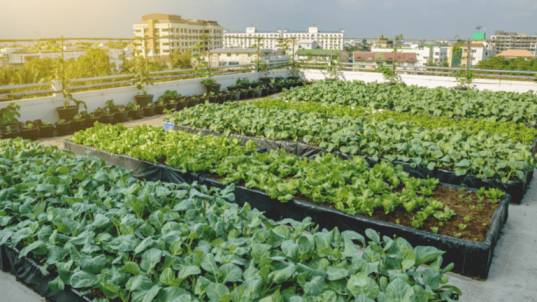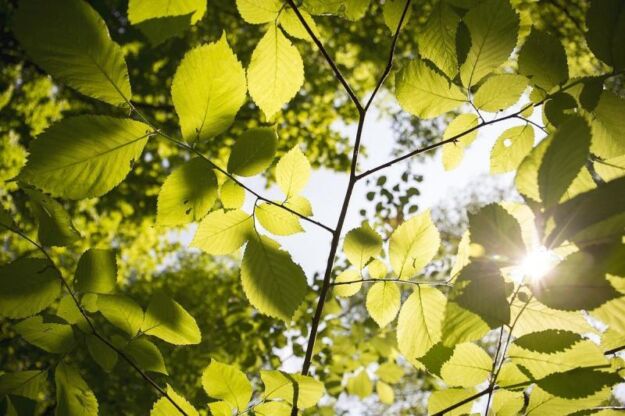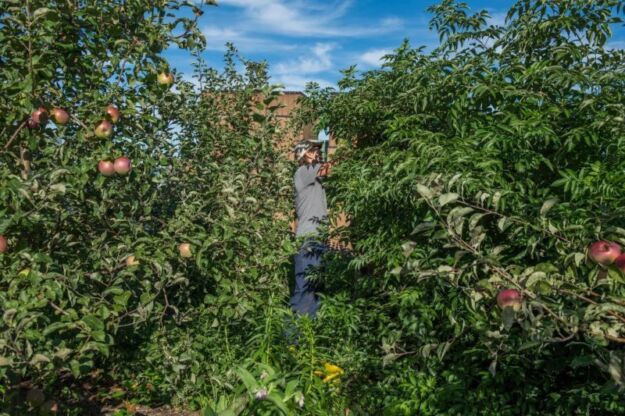This is an early access version, the complete PDF, HTML, and XML versions will be available soon.
Open AccessArticle
Assessing Potential Effects of Nature-Based Solutions (NBS) on Water Ecosystem Service in the Interurban Micro-Watershed Río Torres, Costa Rica
1
CATIE—Centro Agronómico Tropical de Investigación y Enseñanza, Turrialba 30501, Costa Rica
2
Department of Geography and Water and Global Change Observatory, Universidad de Costa Rica, San José 11501-2060, Costa Rica
*
Authors to whom correspondence should be addressed.
Forests 2023, 14(5), 937; https://doi.org/10.3390/f14050937 (registering DOI)
Received: 24 March 2023
/
Revised: 17 April 2023
/
Accepted: 19 April 2023
/
Published: 3 May 2023
Abstract
The implementation of green infrastructure (GI) as Nature-Based Solutions (NBS) generates positive effects on the water ecosystem service in an urban context. Practices such as bioretention cells, green roofs, rain gardens, permeable pavements, and infiltration trenches contribute to treating large volumes of runoff and providing safe spaces for populations living in highly urbanized areas. With the aim to simulate these effects, a hydrological modeling was carried out using the i-Tree Hydro Plus model, which quantified the runoff generated from precipitation events and effective transformations (NBS) to cope with runoff. Eight scenarios were developed: a baseline scenario, five future scenarios with green infrastructure, a scenario with increased tree coverage, and a scenario with increased urbanization. Our hypothesis is that NBS would reduce runoff and increase permeable flow. The analysis of the feasibility of implementing the modeled green infrastructures was carried out through consultation with local stakeholders in the micro-watershed. We found that bioretention cells decrease runoff by 5%, green roofs by 4%, rain gardens by 4%, permeable pavements by 4.5%, and infiltration trenches by 7.5% compared to the baseline scenario where runoff accounts for 32% of water balance flows. The scenario of increased tree coverage had a similar behavior to the baseline scenario, indicating that efforts in this alternative would generate a limited impact on the reduction of runoff. With increased urbanization, impermeable flow increases up to 78%, which would generate floods. Implementing NBS would be feasible since this type of initiative is included in the agenda of many regulatory instruments of urban planning in Costa Rica.
Share and Cite
MDPI and ACS Style
Espinal-Giron, A.; Negri, L.B.; Brenes, C.; Birkel, C.; Prins, C. Assessing Potential Effects of Nature-Based Solutions (NBS) on Water Ecosystem Service in the Interurban Micro-Watershed Río Torres, Costa Rica. Forests 2023, 14, 937.
https://doi.org/10.3390/f14050937
Espinal-Giron A, Negri LB, Brenes C, Birkel C, Prins C. Assessing Potential Effects of Nature-Based Solutions (NBS) on Water Ecosystem Service in the Interurban Micro-Watershed Río Torres, Costa Rica. Forests. 2023; 14(5):937.
https://doi.org/10.3390/f14050937
Chicago/Turabian Style
Espinal-Giron, Aurorita, Laura Benegas Negri, Christian Brenes, Christian Birkel, and Cornelis Prins. 2023. “Assessing Potential Effects of Nature-Based Solutions (NBS) on Water Ecosystem Service in the Interurban Micro-Watershed Río Torres, Costa Rica” Forests 14, no. 5: 937.
https://doi.org/10.3390/f14050937
Note that from the first issue of 2016, this journal uses article numbers instead of page numbers. See further details here.
Article Metrics
Article metric data becomes available approximately 24 hours after publication online.
?Green Roofs, Living Walls, and Green Infastructure Read More
Aurorita Espinal-giron




Leave a Reply